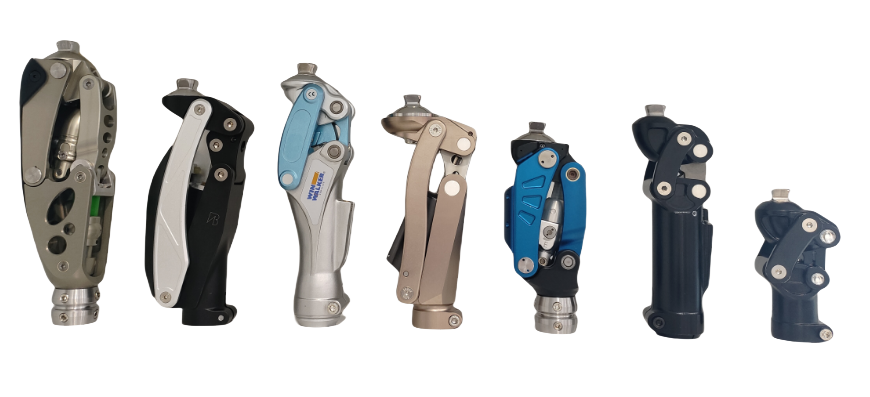Understanding Artificial Ankle Joints: A Comprehensive Guide
Release Time:
Nov 02,2025
Artificial ankle joints, also known as ankle prostheses, have emerged as a pivotal solution for individuals suffering from debilitating ankle conditions such as arthritis, severe fractures, or other degenerative diseases. These advanced medical devices are designed to replicate the natural movements of a healthy ankle, thereby enhancing mobility and overall quality of life. The primary function of
Artificial ankle joints, also known as ankle prostheses, have emerged as a pivotal solution for individuals suffering from debilitating ankle conditions such as arthritis, severe fractures, or other degenerative diseases. These advanced medical devices are designed to replicate the natural movements of a healthy ankle, thereby enhancing mobility and overall quality of life.
The primary function of an artificial ankle joint is to restore the range of motion and stability that may have been lost due to injury or illness. By mimicking the anatomical structure of a healthy ankle joint, these prostheses allow patients to resume their daily activities with greater ease. The design typically involves a combination of metal and plastic components, which work together to facilitate smooth movement and weight-bearing capabilities.
One of the key benefits of artificial ankle joints is their ability to alleviate pain, a common symptom associated with chronic ankle conditions. Many patients report significant relief from discomfort following the implantation of a prosthetic joint, which can dramatically improve their quality of life. Moreover, advancements in technology have led to the development of more sophisticated designs that prioritize durability and functionality, enabling individuals to engage in activities they once thought impossible.
Before considering an artificial ankle joint, patients should undergo a comprehensive evaluation by a qualified orthopedic specialist. This assessment may include physical examinations, imaging studies, and discussions about the patient's lifestyle and specific needs. Understanding the underlying condition and the patient’s goals is essential for determining the appropriateness of the procedure.
Post-operative recovery and rehabilitation play crucial roles in the successful integration of an artificial ankle joint. Following surgery, patients typically engage in a structured rehabilitation plan designed to strengthen the surrounding muscles and improve joint function. Physical therapy is often a vital component of this process, facilitating a gradual return to normal activities while ensuring that the new joint is utilized correctly.
It is crucial for patients to communicate openly with their healthcare providers about any concerns or expectations regarding the use of an artificial ankle joint. Understanding the potential risks and limitations, as well as the expected outcomes, will help patients make informed decisions about their care.
In conclusion, artificial ankle joints represent a remarkable advancement in medical technology, providing individuals with the opportunity to regain mobility and alleviate pain. With ongoing research and development, the future of ankle prosthetics continues to hold promise for enhanced patient outcomes and improved lifestyles. For those considering this option, it is essential to engage in thorough discussions with medical professionals to assess the best course of action tailored to their unique situation.
Keywords:
You Can Also Learn More About Industry Trends







